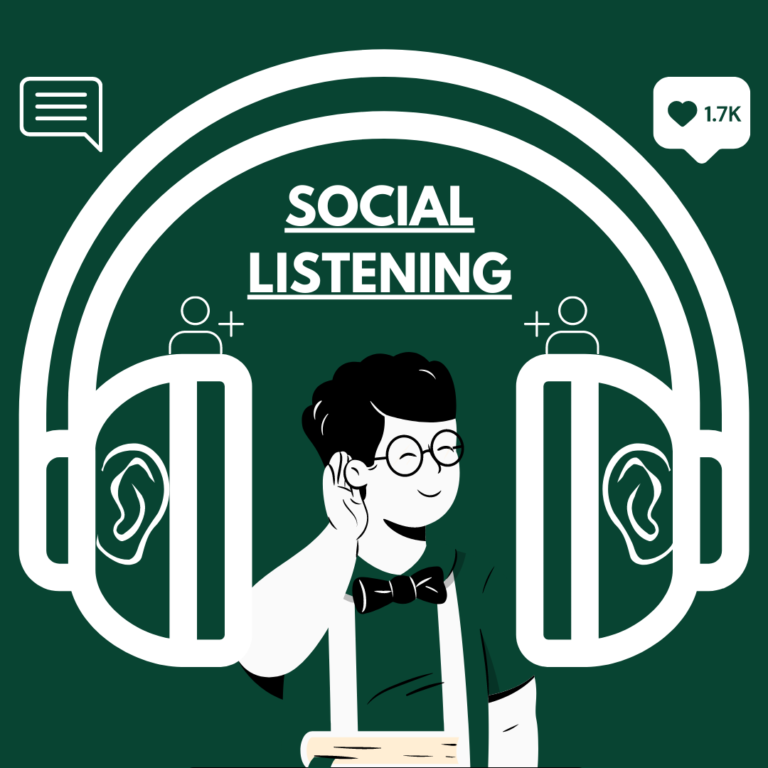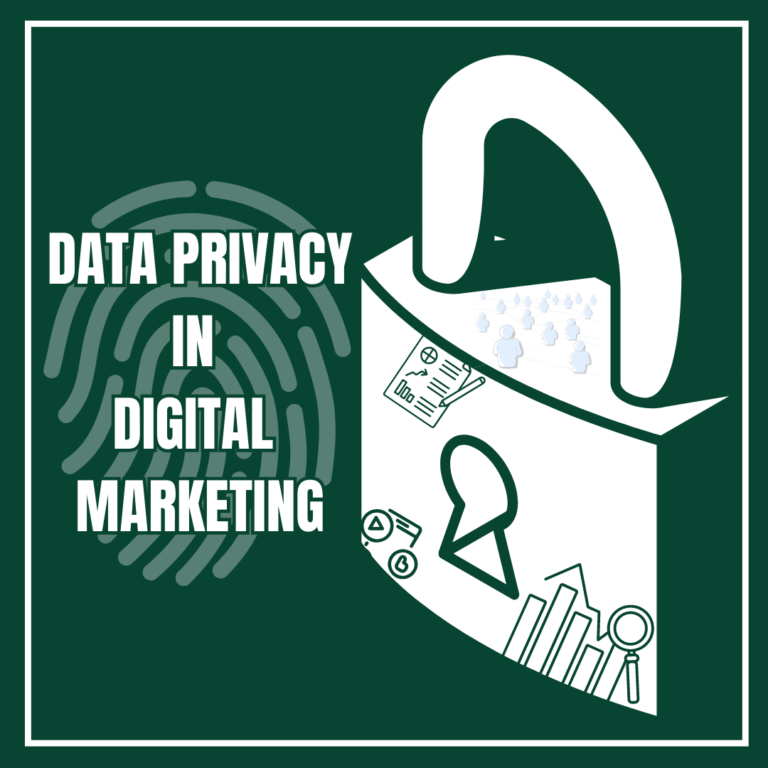Social listening has become a critical component of digital marketing strategy. According to a survey by HubSpot, 71% of marketers use social listening to improve their social media presence. It’s a powerful way to understand your audience, monitor conversations about your brand, and stay ahead of your competitors. In this blog, we will discuss how to use social listening to understand your audience better.
What is Social Listening?
Social listening is the process of monitoring social media channels for mentions of your brand, product, industry, or competitors. It’s more than just monitoring what people are saying about your brand, it’s about understanding their preferences, patterns, and behaviour. According to a survey by Sprout Social, 86% of marketers use social listening to monitor brand health.
Social Hearing vs Social Listening
Social hearing and social listening are two different things. Social hearing is simply monitoring what people are saying about your brand on social media. Social listening, on the other hand, is about understanding what people are saying about your brand, why they are saying it, and how it affects your brand. Social listening involves analysing the data collected from social media channels to gain insights that can help you to improve your social media presence. According to a report by Talkwalker, 71% of consumers are more likely to recommend a brand to others if they have a positive social media experience with it.
Using Social Media to Better Understand Your Audience
Social media is a powerful tool for understanding your audience. Here are some ways you can use social media to better understand your audience:
- Analyse Your Followers
Analysing your followers on social media can help you to understand their demographics, interests, and behaviour. According to a survey by Hootsuite, Instagram has the highest percentage of users aged 18-34 years old, making it an ideal platform for targeting younger audiences. You can use this information to create content that resonates with them.
- Monitor Conversations About Your Brand
Monitoring conversations about your brand can help you to understand how people perceive your brand. You can use this information to improve your brand image. According to a report by GlobalWebIndex, 54% of consumers use social media to research products and services before making a purchase.
- Monitor Conversations About Your Competitors
Monitoring conversations about your competitors can help you to understand what your audience likes and dislikes about your competitors. You can use this information to improve your products or services. According to a survey by Brandwatch, 96% of social media mentions about brands do not mention the brand handle, making it essential to monitor conversations beyond direct mentions.
Understanding Audience’s Preferences, Patterns, and Behaviour
Social listening can help you to understand your audience’s preferences, patterns, and behaviour. Here are some ways you can do that:
- Analyse Social Media Data
Analysing social media data can help you to understand your audience’s preferences, patterns, and behaviour. You can use this information to create content that resonates with them. According to a survey by Buffer, 52% of marketers use social media data to inform their overall marketing strategy.
- Use Social Media Analytics Tools
There are many social media analytics tools that you can use to analyse social media data. These tools can help you to understand your audience’s preferences, patterns, and behaviour. According to a survey by Sprout Social, 70% of marketers use social media analytics tools to measure their social media ROI.
- Monitor Trends
Monitoring trends on social media can help you to understand what’s popular among your audience. You can use this information to create content that resonates with them. According to a report by Hootsuite, 72% of consumers prefer to see video content on social media, indicating that digital strategy should also focus on video content.
Conclusion
Social listening is an essential tool for understanding your audience. By analysing social media data and monitoring conversations about your brand and competitors, you can gain valuable insights into your audience’s preferences, patterns, and behaviour. Using this information, you can create content that resonates with your audience and improve your overall social media presence. By prioritising social listening, brands can build stronger connections with their audience and stay ahead of their competitors in the digital marketplace.




